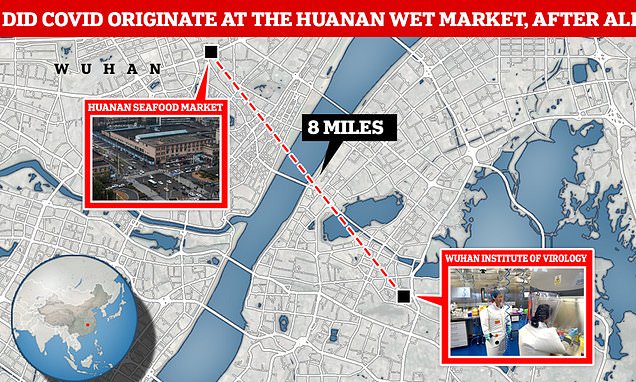Science
Sustained live mammal sales during 2019 occurred at the Huanan and three other markets in Wuhan, including wild and farmed wild-life (8). Several of these species are known to be experimentally susceptible to SARS-related coronaviruses (SARSr-CoVs), such as SARS-CoV (hereafter, “SARS-CoV-1”) and SARS-CoV-2 (9–11). During the early stages of the COVID-19 pandemic, animals sold at the Huanan market were hypothesized to be the source of the unexplained pneumonia cases (12–19) (data S1), consistent with the emergence of SARS-CoV-1 from 2002-2004 (20), as well as other viral zoonoses (21–23). This led to the decision to close and sanitize the Huanan market on 1 January 2020, with environmental samples also being collected from vendors’ stalls (7, 12, 24) (data S1).
Determining the epicenter of the COVID-19 pandemic at a neighborhood- rather than city-level could help resolve if SARS-CoV-2 had a zoonotic origin, similar to SARS-CoV-1 (20). In this study, we obtained data from a range of sources to test the hypothesis that the COVID-19 pandemic began at the Huanan market. Despite limited testing of live wildlife sold at the market, collectively, our results provide evidence that the Huanan market was the early epicenter of the COVID-19 pandemic and suggest that SARS-CoV-2 likely emerged from the live wildlife trade in China. However, events upstream of the market, as well as exact circumstances at the market, remain obscure, highlighting the need for further studies to understand and lower the risk of future pandemics.


